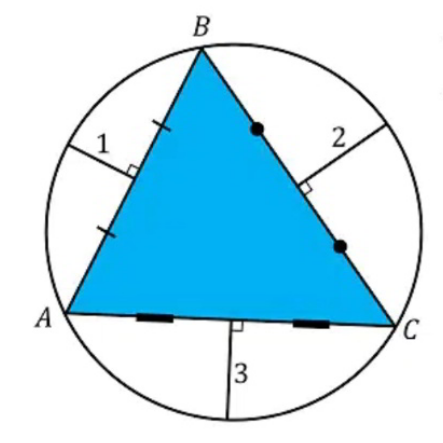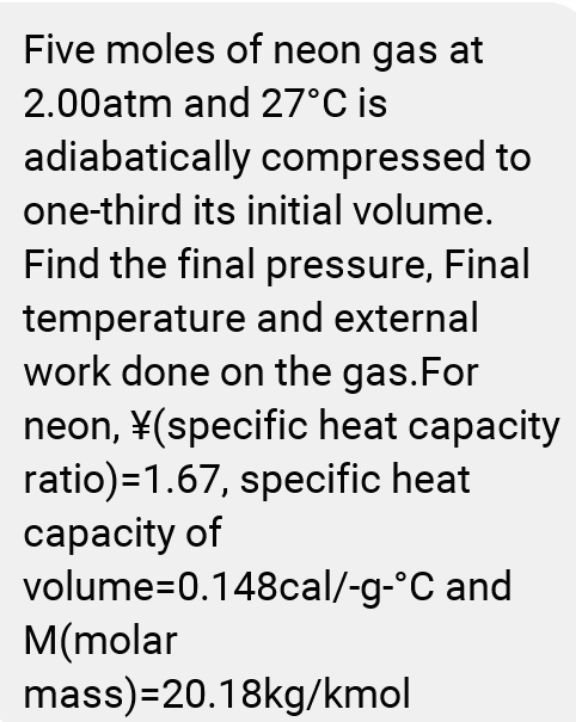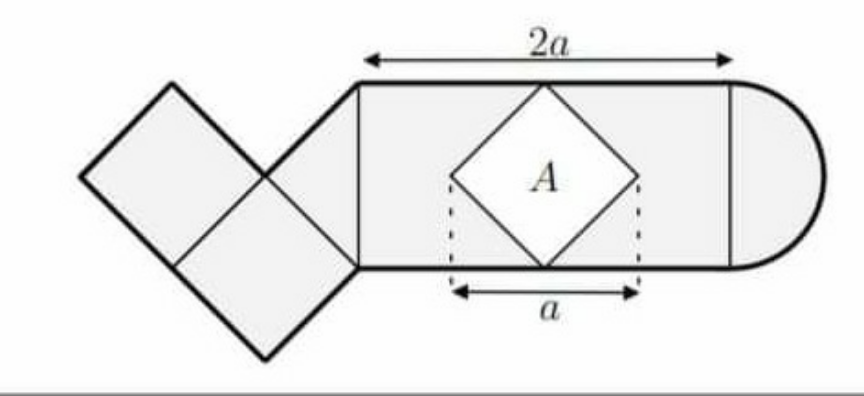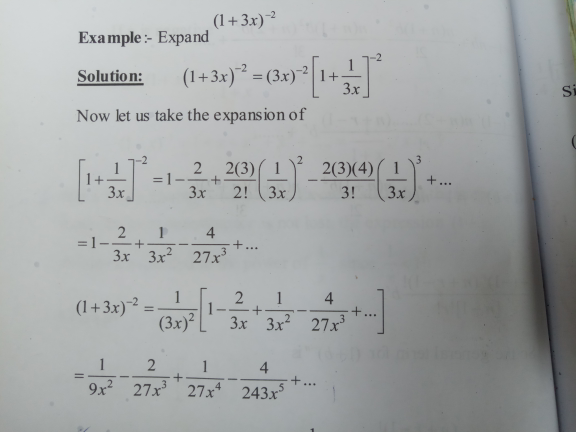
AllQuestion and Answers: Page 1046
Question Number 114933 Answers: 2 Comments: 0
Question Number 114922 Answers: 2 Comments: 0
Question Number 114919 Answers: 0 Comments: 0

Question Number 114912 Answers: 0 Comments: 0

Question Number 114917 Answers: 0 Comments: 3

Question Number 114906 Answers: 3 Comments: 1

Question Number 114880 Answers: 1 Comments: 1
$$\int\mathrm{ln}\:\left(\mathrm{sin}\:\left({x}\right)\right){dx}=? \\ $$
Question Number 114879 Answers: 1 Comments: 0
Question Number 114878 Answers: 2 Comments: 0
Question Number 114876 Answers: 2 Comments: 1

Question Number 114875 Answers: 2 Comments: 0
Question Number 114863 Answers: 1 Comments: 0
Question Number 114860 Answers: 0 Comments: 3

Question Number 114858 Answers: 0 Comments: 0
Question Number 114857 Answers: 0 Comments: 7
Question Number 114850 Answers: 2 Comments: 1
Question Number 114840 Answers: 1 Comments: 0

Question Number 114837 Answers: 0 Comments: 1

Question Number 114812 Answers: 3 Comments: 0
Question Number 114809 Answers: 1 Comments: 1
Question Number 114808 Answers: 1 Comments: 0
Question Number 114807 Answers: 0 Comments: 7
$${is}\:{zero}\:{a}\:{natural}\:{number}\:\mathrm{0}\in\mathbb{N}? \\ $$
Question Number 114806 Answers: 1 Comments: 0

Question Number 114803 Answers: 0 Comments: 2

Question Number 114802 Answers: 1 Comments: 0

Question Number 114800 Answers: 1 Comments: 3

Pg 1041 Pg 1042 Pg 1043 Pg 1044 Pg 1045 Pg 1046 Pg 1047 Pg 1048 Pg 1049 Pg 1050
